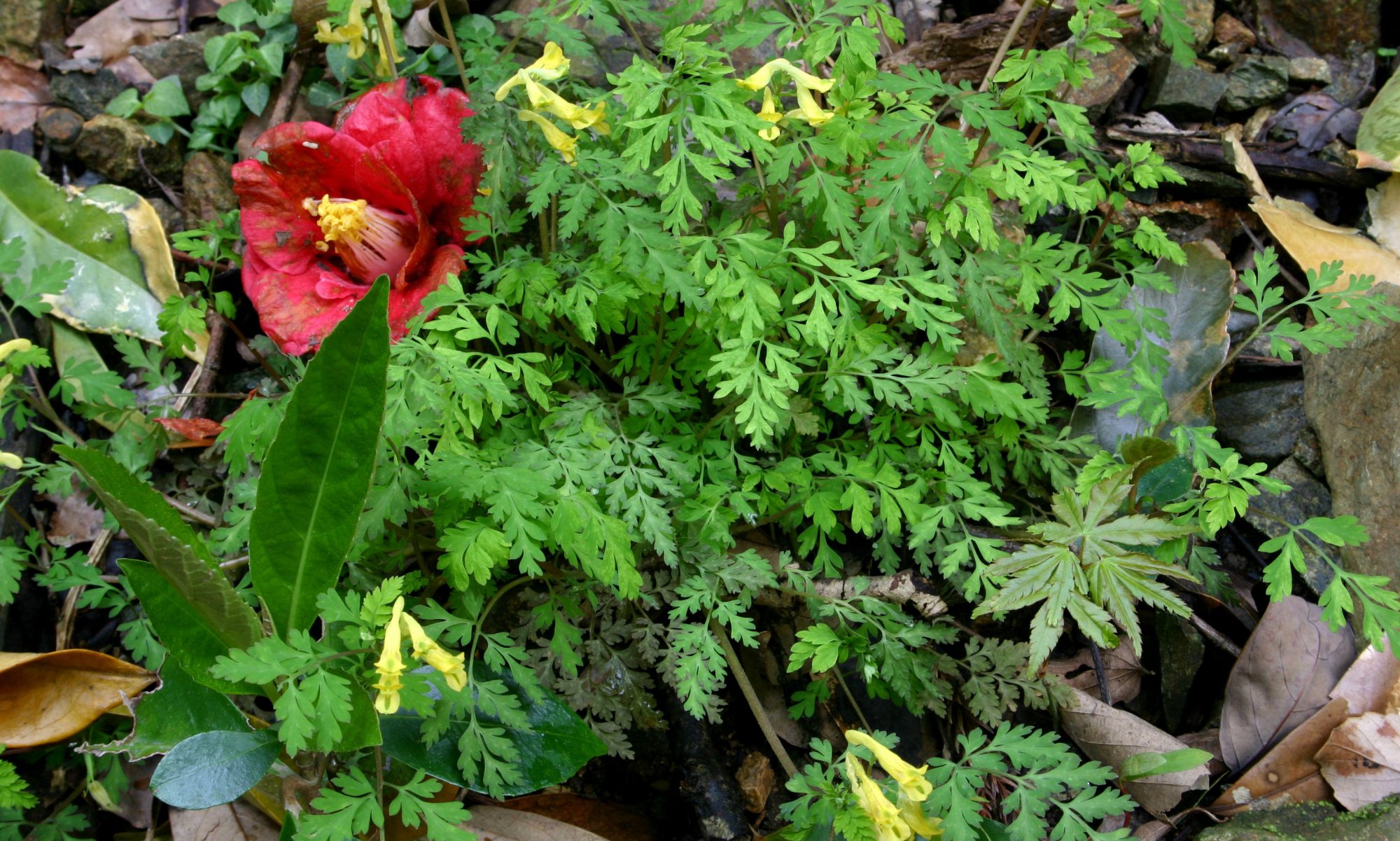This article is about Japan’s only native cycad, Cycas revoluta, the so called King Sago palm. Of course, like other cycads it is not a palm at all, but rather a member of a very ancient group of plants that predate all flowering plants and modern conifer trees. This lovely species is perhaps the most cold resistant of all cycads and yet can be grown in tropical climates as well. It can grow in either sun or shade, it is able to withstand both monsoonal rains and extended droughts, it responds well to both container culture and open gardens, and for the most part needs little care. In Japan it is called sotetsu, and has been an important garden plant for centuries here.
Cycas revoluta is native only to Japan’s southern islands and the extreme south end of the southernmost main island, Kyushu, in Kagoshima Prefecture. It’s habitat is rocky shores where it can be found growing on near vertical rock faces in full sun. This region is essentially frost free and is classified as a subtropical climate. Winters average around 10 C (50 F) in the north of its range and 18 C (65 F) in the south. Winter extremes can go to freezing or even below in Kagoshima, but this is rare, particularly along the seacoast where this species is found. Summer temperatures throughout its range average nearly 30 C (86 F) with extremes rarely getting above 35 C (95 F) due to the moderating effects of warm coastal waters.

Rainfall is high with 2000-2200 mm (78-86 inches) falling in an average year. Most of that falls in the late spring, summer, and fall, particularly during the monsoon season. The summer monsoon starts early on the southern island of Okinawa, in May usually, but is a little later in Kyushu. This season typically ends in July. August is often dry, sunny, and hot, but towards its end, typhoons become more and more common and so another peak of moisture comes at this time. Falls are drier and often sunny, but by December skies grow cloudy, rainfall drops considerably, and temperatures cool down. Humidity is the one stable element – averaging between 75-80% year round.
Coming from a place like the one just described, you would imagine that this plant doesn’t have much cold tolerance, but you’d be wrong! This cycad has been grown successfully in the warmer parts of the UK and parts of the southeastern USA that routinely get hard freezes. This natural ability to withstand cold conditions has made this one of the most versatile cycads for the open garden throughout the world. In Japan it is commonly seen in parks and next to public buildings, but rarely in private yards. No doubt this due to the ultimate size these plants can attain, which can mean up to 3 meters or more tall (10+ feet) and with a frond spread nearly as large. It is grown throughout the warmer parts of Japan far beyond its native range – clear up to central Honshu at least where it requires protection in winter. In terms of the USDA’s cold hardiness scale, it can withstand zone 8, and the warmer parts of zone 7 if winter protective measures are taken.
Continue reading “The sago palm, Cycas revoluta, in Japan”
